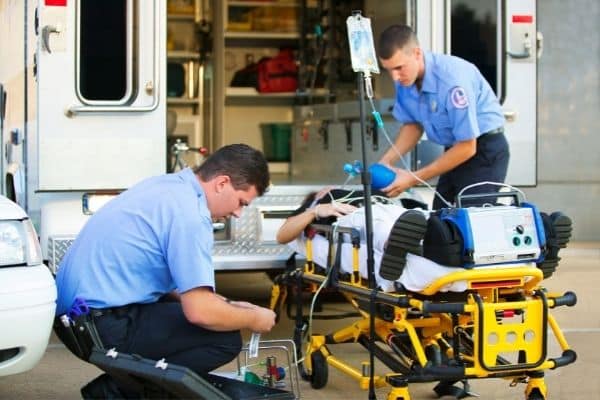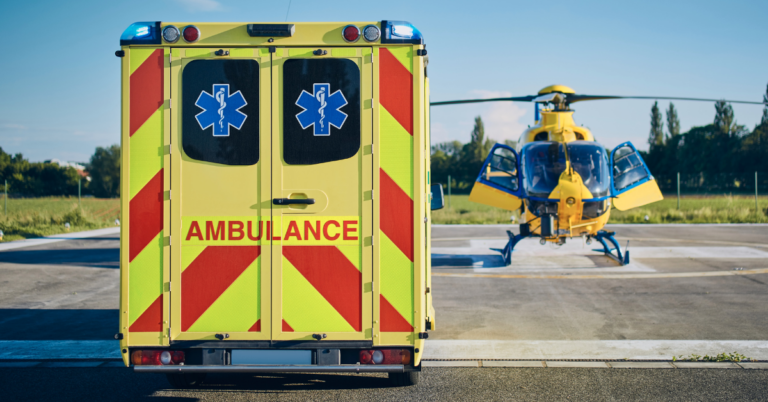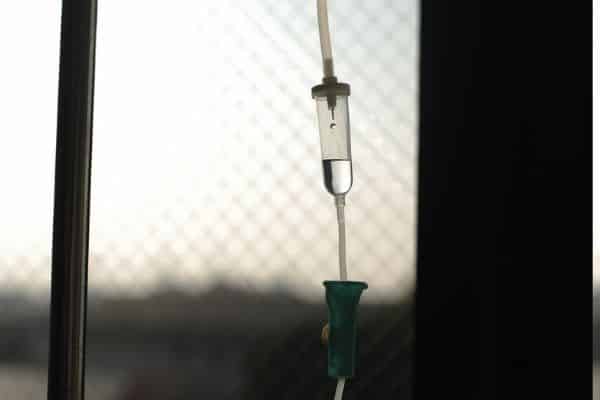
What Makes an EMT Different Than a Paramedic?
The world of emergency medical services is exciting, challenging, and rewarding. Once a paramedic or an EMT reports for duty, there’s no telling what the shift might hold. When you call for emergency medical services (EMS), the people who respond might be paramedics or EMTs or a combination of both. Both are qualified to be first responders and can perform basic life saving functions, but there are some differences between the two professions.
EMTs and paramedics are both qualified to work for ambulance services, hospitals, fire departments, volunteer fire departments, and any other agency that offers EMS. There are differences in the education levels required for each position and what procedures each one is allowed to perform. Let’s take a look at those differences.
Emergency Medical Technicians
As employees of ambulance services or members of volunteer fire departments in rural areas, EMTs are usually the first to respond to a call for help. EMTs are only required to have high school diplomas or GEDs. They must also be certified to perform cardiopulmonary resuscitation (CPR) and complete an EMT training program successfully that involves about 150 hours of training. EMTs take information about the patient’s condition, monitor the patient, and keep the hospital informed as they complete the process of stabilizing the patient and transporting him or her to the hospital. They cannot give medication or perform any involved procedures.
Paramedics
Paramedics are licensed care providers, who also stabilize patients and get them to a hospital for continued medical care. Many paramedics begin as EMTs and continue on by completing a two-year college paramedic program that requires 1,000 to 2,000 hours of training. Since paramedics receive training in cardiology, physiology, medication, and medical procedures, they are allowed to provide advanced levels of care that can include administering medications, inserting IVs, and performing intubations. In other words, paramedics can provide hospital-level care. That’s also why ambulances are referred to as mobile emergency rooms.
Whether an EMT or a paramedic responds to an emergency situation, they must have readily-accessible supplies and reliable medical equipment in order to do their jobs properly. To find medical equipment and supplies or to get more information, visit Coast Biomedical Equipment.




